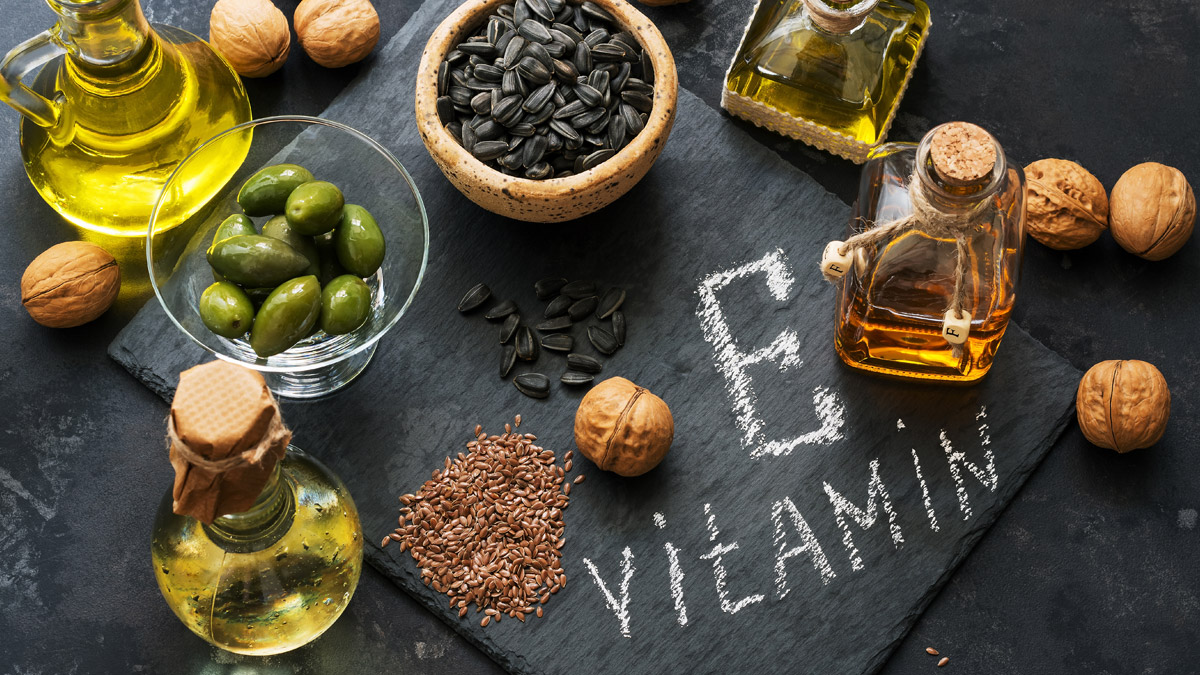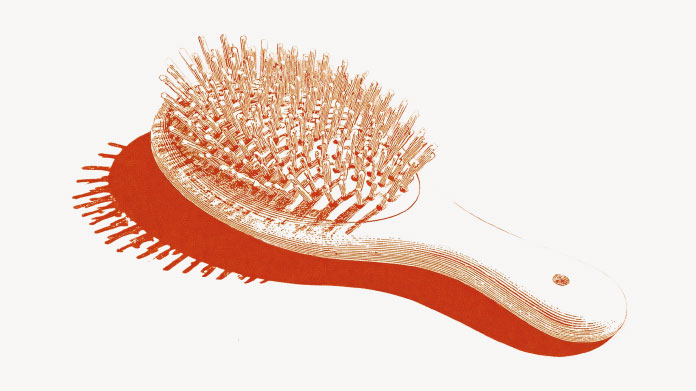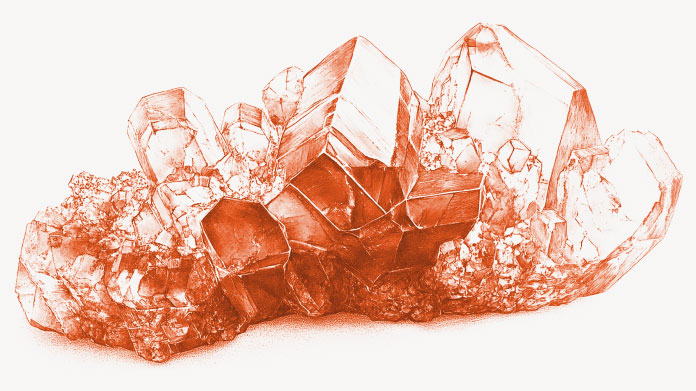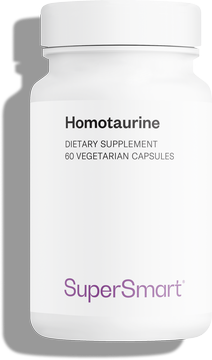
Wheat germ oil
With nearly 150 mg of vitamin E per 100 g, wheat germ oil tops all food categories in vitamin E content!
How? Use wheat germ oil instead of another oil when you cook. Wheat germ oil supplements (in capsules) are also a good option.
Nuts
Nuts are very interesting for their high content of vitamin E (over 15 mg per 100 g), this vitamin with powerful antioxidant properties. Nuts also provide minerals and oligo-elements (potassium, phosphorus, magnesium, calcium, and iron).
How? Whole, chopped, or powdered, nuts are versatile and you can easily add them many dishes.
Sardines
Sardines are rich in vitamin E, but also in vitamins B and D, selenium, calcium, and phosphorus. Sardines are also interesting because they provide omega-3, polyunsaturated fats that are good for the heart.
How? Whether fresh or canned, eat sardines whole instead of filleted. Whole sardines still have bones, which are rich in calcium.
Almonds
Almonds provide a good amount of vitamin E (just under 15 mg per 100 g), and are also rich in proteins and soluble fibers.
How? Choose unsalted or slivered almonds, and look for fresh almonds, which are available in September and October.
Margarine
Quality margarines provide beneficial amounts of vitamin E without saturated fatty acids that are bad for cardiovascular health (check food labels for saturated fatty acids).
How? Spread margarine on a slice of bread, but remember that margarine is unsuitable for cooking.
Olive oil
A tablespoon of extra virgin olive oil provides half of the vitamin E that your body needs each day.
How? Choose extra virgin olive oils, which are better additions to your diet.
Avocados
Avocados provide significant amounts of vitamin E, but more importantly, they offer a beneficial vitamin E/polyunsaturated fatty acid ratio, which prevents oxidation of essential fatty acids.
How? It’s preferable to eat avocados by themselves (though freshly mashed avocado can replace butter in sandwiches), without vinaigrette or mayonnaise, which are too rich in fat.
Dried apricots
With 4 mg of vitamin E per 100 g, dried apricots offer an alternative to the oils and the oleaginous fruits typically recommended for providing vitamin E.
How? Finely chopped, dried apricots can be sprinkled on salads or in yogurt, added to tajines, stir fries, etc. You can also snack on 1 or 2 dried apricots.
Eggs
In addition to vitamins A, D, B2, B5, B9 and B12, eggs provide vitamin E (1.2 mg per 100 g). They are also an excellent source of very high-quality proteins.
How? Eat eggs soft- or hard-boiled to avoid the added fats required to cook them in a pan.
Spinach
With 1 -2 mg of vitamin E per 100 g, spinach joins asparagus, watercress, and even broccoli as one of the vegetables richest in vitamin E. This group offers another advantage because, unlike oils, vegetables can be consumed in large amounts.
How? Vitamin E is unaffected by cooking, so you can prepare vegetables as you prefer. On the other hand, vegetables are sensitive to light, so store them in a dark place, and be sure to eat vegetables soon after buying them.
2 Days
The products I use are excel·lent
The products I use are excel·lent
ROSAS Josep Maria
10 Days
Delivery is prompt and I never saw a…
Delivery is prompt and I never saw a quality problem with the manufacturing. It is not possible to assess efficacy on a personal basis, since too many factors come into play. Efficacy can only be assessed statistically with a sufficient number of cases.
Roger De Backer
11 Days
I collaborates with the Supersmart…
I collaborates with the Supersmart more than 10 years. Every thing is going good. Quality of the things is good. Delivery comes in time. Five stars definitely !!!
Oleksiy
11 Days
All good
Simple, frictionless site, easy ordering, good delivery updates and execution.
Chris Robbins
13 Days
I feel better
I feel better
Peter Ammann
13 Days
Prompt delivery
Prompt delivery
JAKUB Radisch
15 Days
My new go-to for top quality supplements!
I am buying more and more of my supplements from this superb, high quality company. Cannot recommend it enough. Plus, excellent customer service with a quick, helpful team and speedy deliveries. Highly recommend Supersmart!
Cecilie H.
18 Days
SUPERSMART WHAT ELSE👍
SUPERSMART WHAT ELSE👍
DIEDERLE Christophe
21 Days
Excellent quality products with…
Excellent quality products with innovative formulas, as someone who has been suffering with acid reflux, these supplements have been lifesavers.
Oriana Moniz
21 Days
high quality supplement!
high quality supplement!
GALANT
22 Days
Good service prompt delivery
Good service prompt delivery
Mrs Marcella Reeves
27 Days
I like your clear explanation
I like your clear explanation. And how to make a choice of products for a specific health problem
Ingrid
33 Days
Great product and it arrives quickly.
Great product and it arrives quickly.
SOMMARIVA Gianni
34 Days
Excellent products and fast service.
Excellent products and fast service. What do we need more?
Margarida
38 Days
The variety of products is amazing
The variety of products is amazing, the offers are good and the sending is very fast. I just miss having a bit more of guidance about combinations, possible interactions, etc.
Maria Angeles Verdu





